overleaf template galleryLaTeX templates and examples — Recent
Discover LaTeX templates and examples to help with everything from writing a journal article to using a specific LaTeX package.
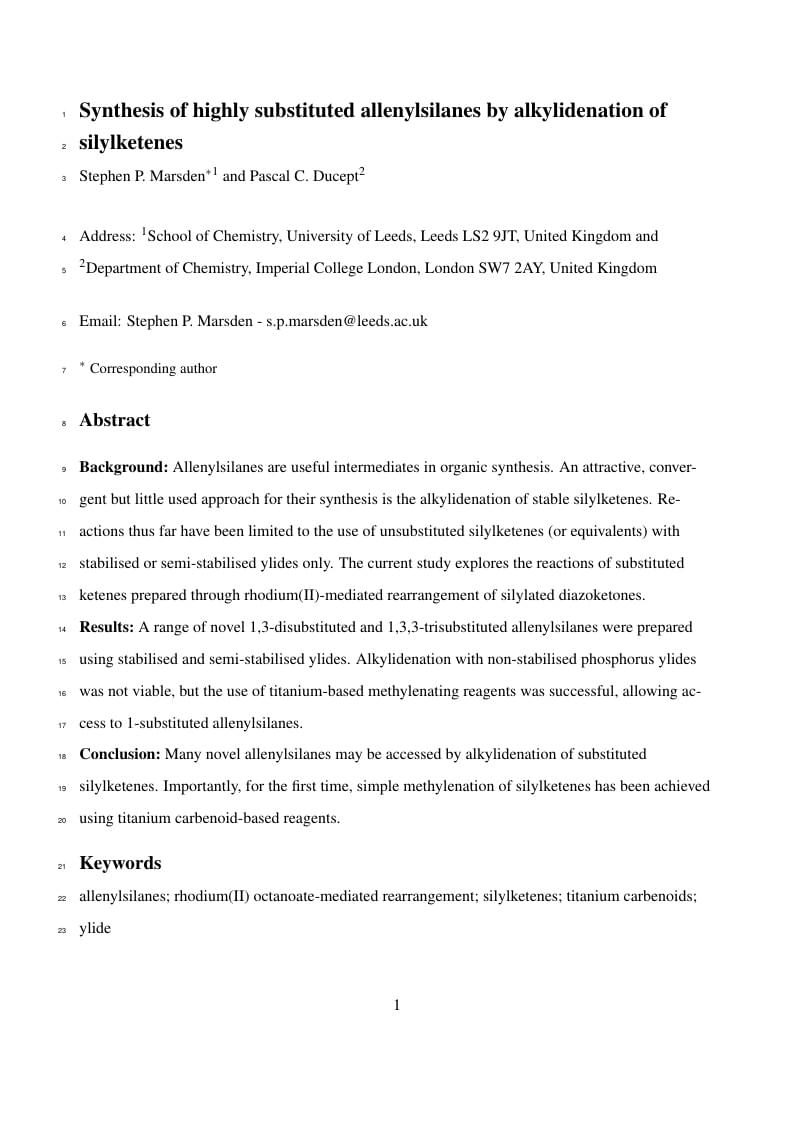
The Beilstein Journal of Nanotechnology is an international, peer-reviewed, Open Access journal published and financed by the Beilstein-Institut. The journal publishes original articles on all aspects of Nanoscience and Nanotechnology. It provides a broad coverage of both fundamental and applied research, including aspects of chemistry, physics and biology as well as materials science and engineering.
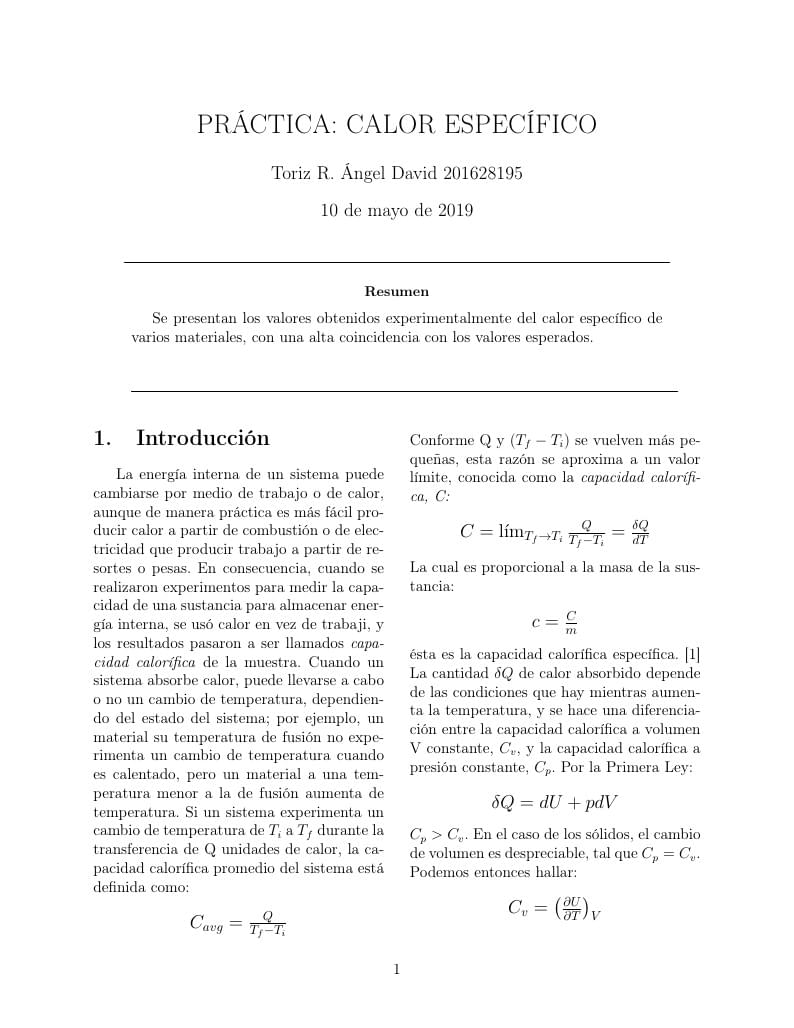
Reporte de laboratorio de Termodinámica, BUAP, 2019.
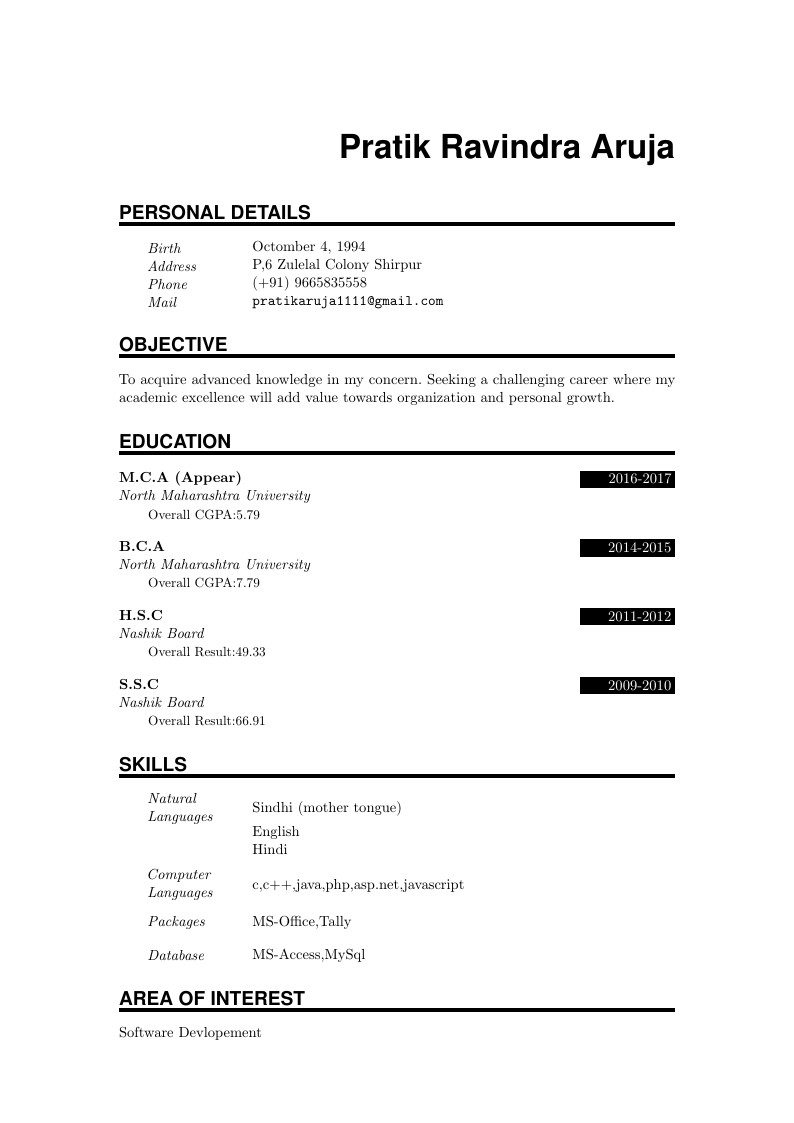
Pratik Ravindra Aruja's Résumé
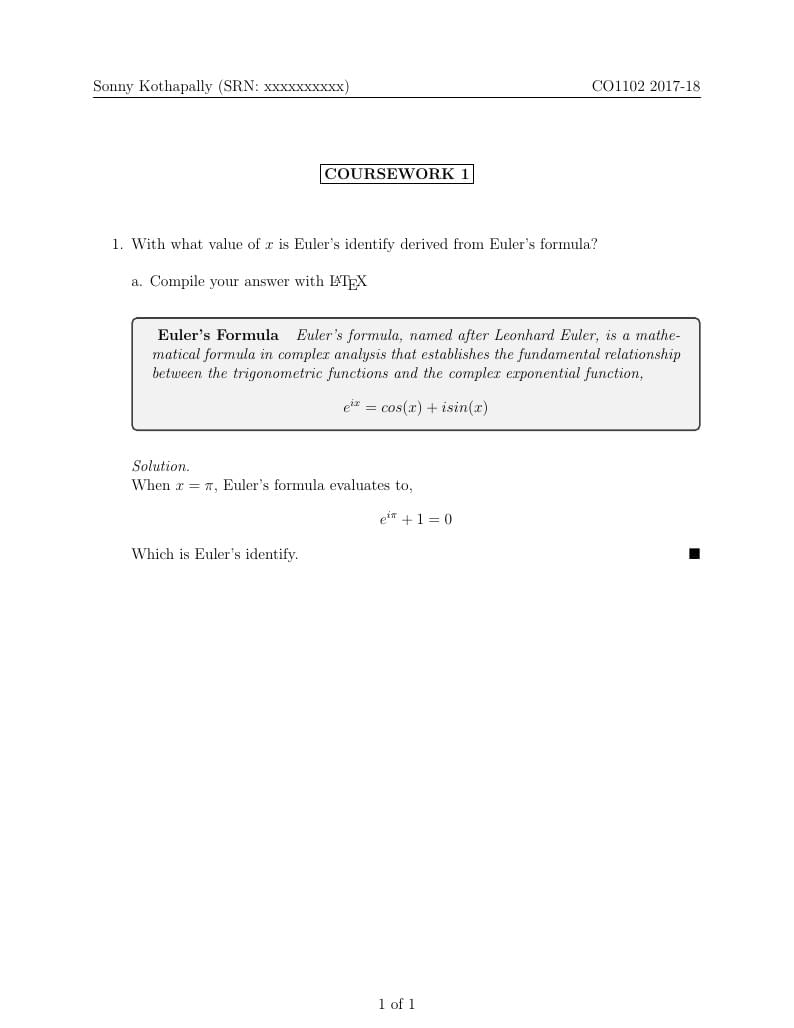
Math coursework template

Modelo de Projeto de TCC do IFFarroupilha Campus São Borja.
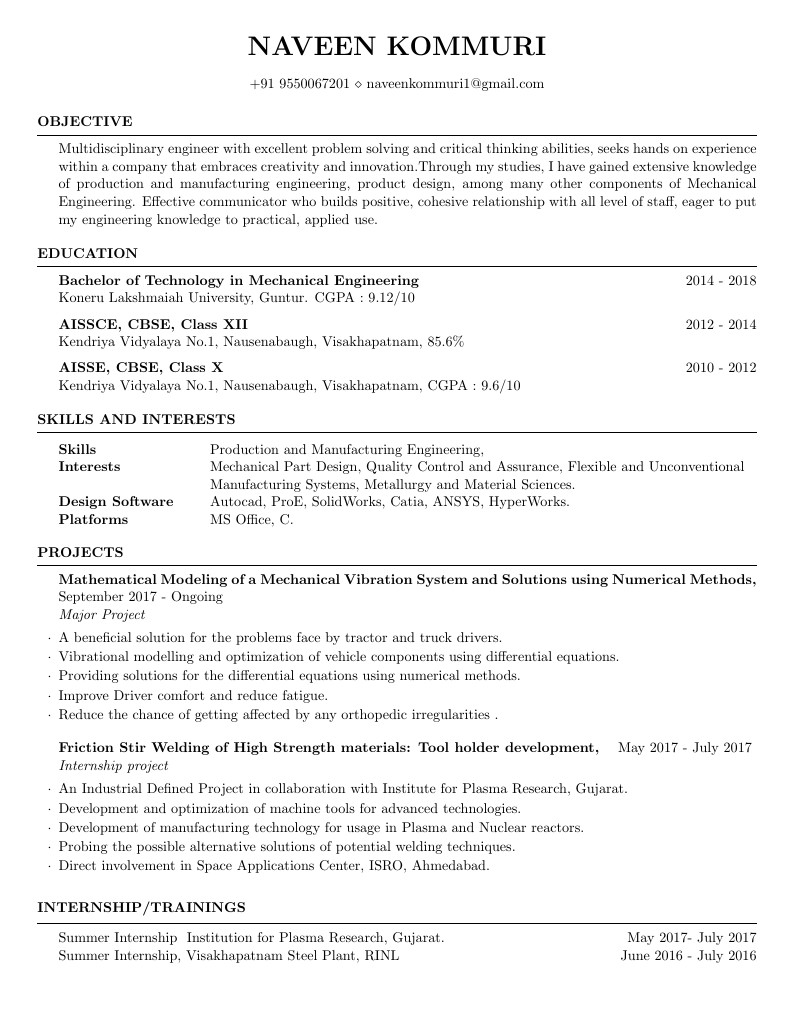
Naveen Kommuri's CV
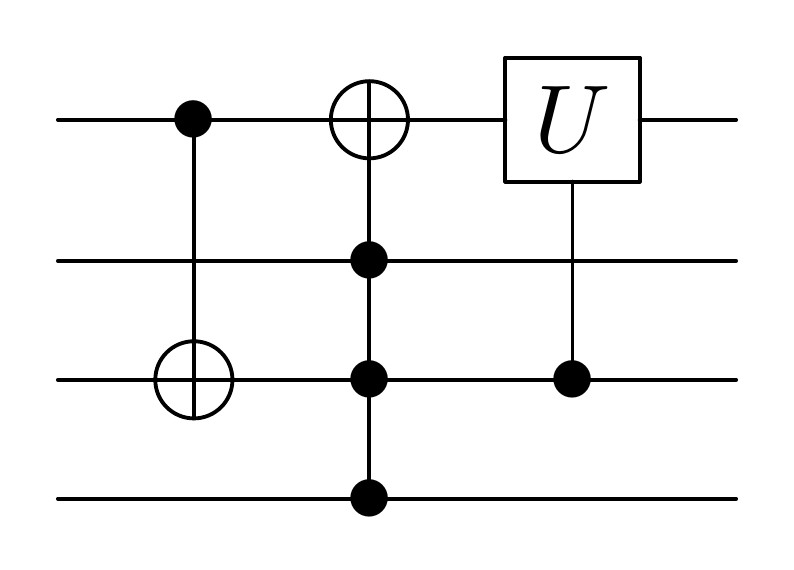
An example from qtutorial.pdf, included in the qcircuit documentation. Note: Doesn't work with XeLaTeX.
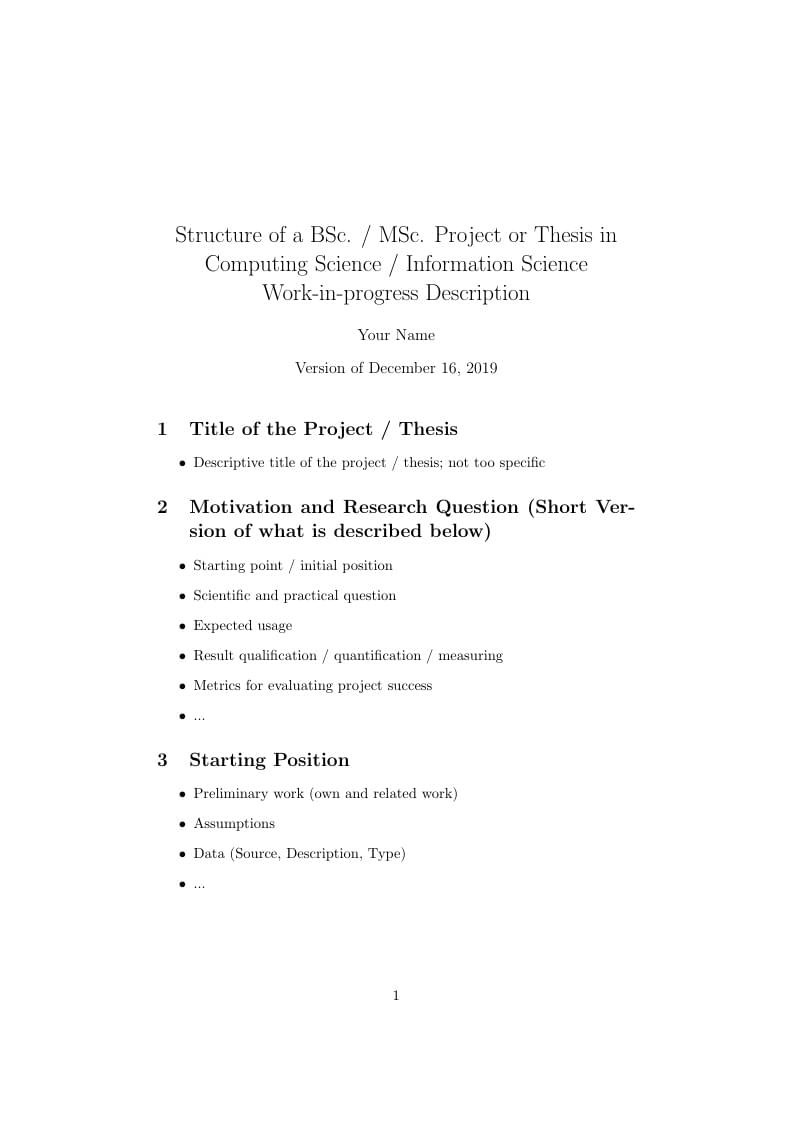
Starting Point for defining a Master/Bachelor Thesis Research Project
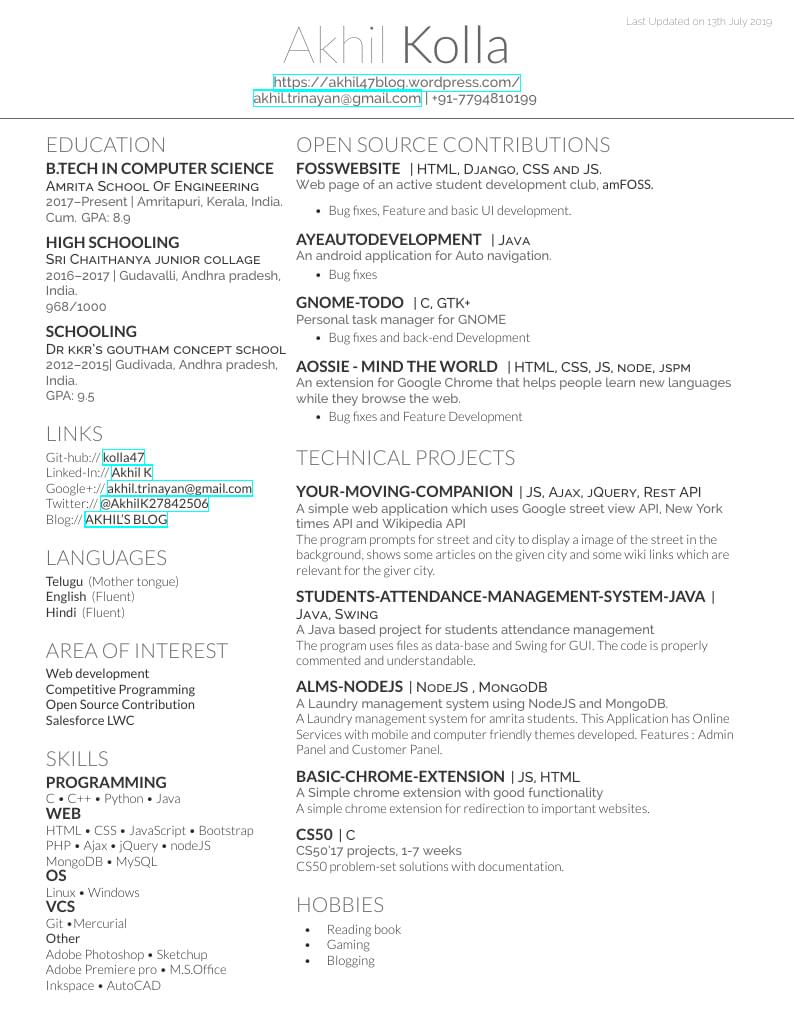
My resume. Created with the Deedy CV template.
\begin
Discover why over 20 million people worldwide trust Overleaf with their work.